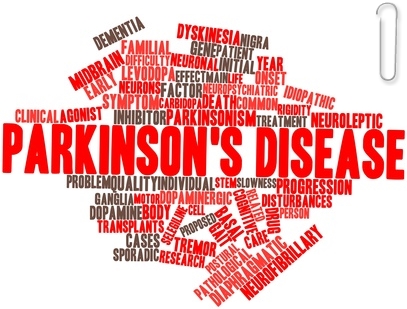 April is Parkinson's Awareness month and as a clinic, we are trying to make a difference by raising awareness about this condition. Parkinson's disease is a progressive, degenerative clinical condition that worsens over time. Typical symptoms include tremors, loss of facial expression, stiffness, slowing down of movement and a multitude of other problems.
April is Parkinson's Awareness month and as a clinic, we are trying to make a difference by raising awareness about this condition. Parkinson's disease is a progressive, degenerative clinical condition that worsens over time. Typical symptoms include tremors, loss of facial expression, stiffness, slowing down of movement and a multitude of other problems.
In the past few years, there have been significant developments in the understanding of Parkinson's disease. Muhammad Ali, the legendary boxer, was diagnosed with Parkinson's in 1984 at the age of 42 and is currently unable to speak in public as a direct result of this condition. The actor Michael J Fox is another well-known celebrity struggling with Parkinson's. These high profile cases have helped raise awareness. Treatment includes a combination of medication, diet, exercise, lifestyle modifications, counseling and participation in support groups.
Physical therapy can help.
Parkinson's disease is associated with the inability to produce the chemical dopamine in the brain. Dopamine is a chemical messenger that transmits information between brain cells. The reduction of dopamine causes symptoms such as tremors (typically described as 'pill rolling'), tightening of the muscles (called rigidity) and slowing down of movements (called hypokinesia). These features can cause a great deal of disability, and can be effectively managed with physical therapy.